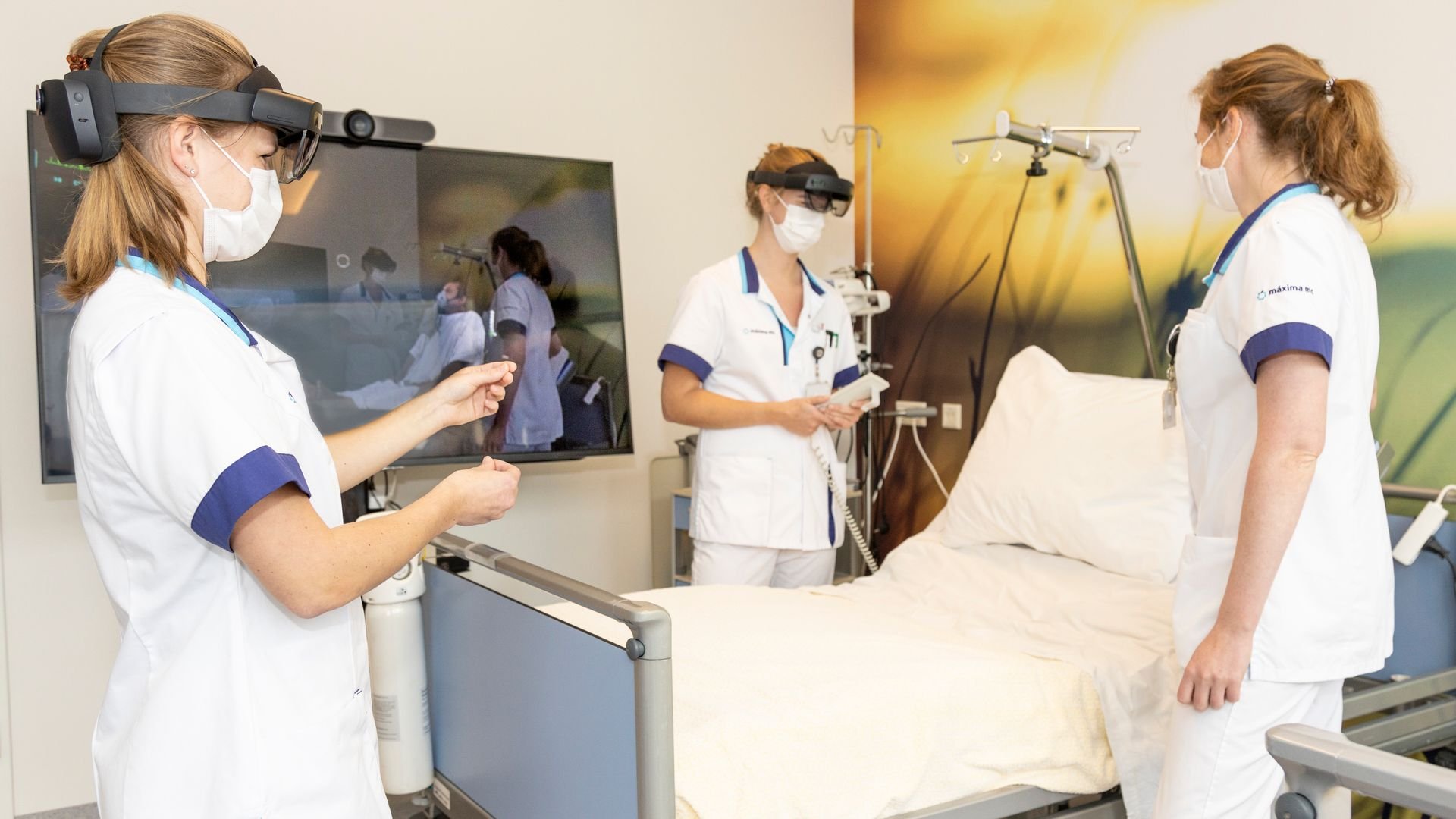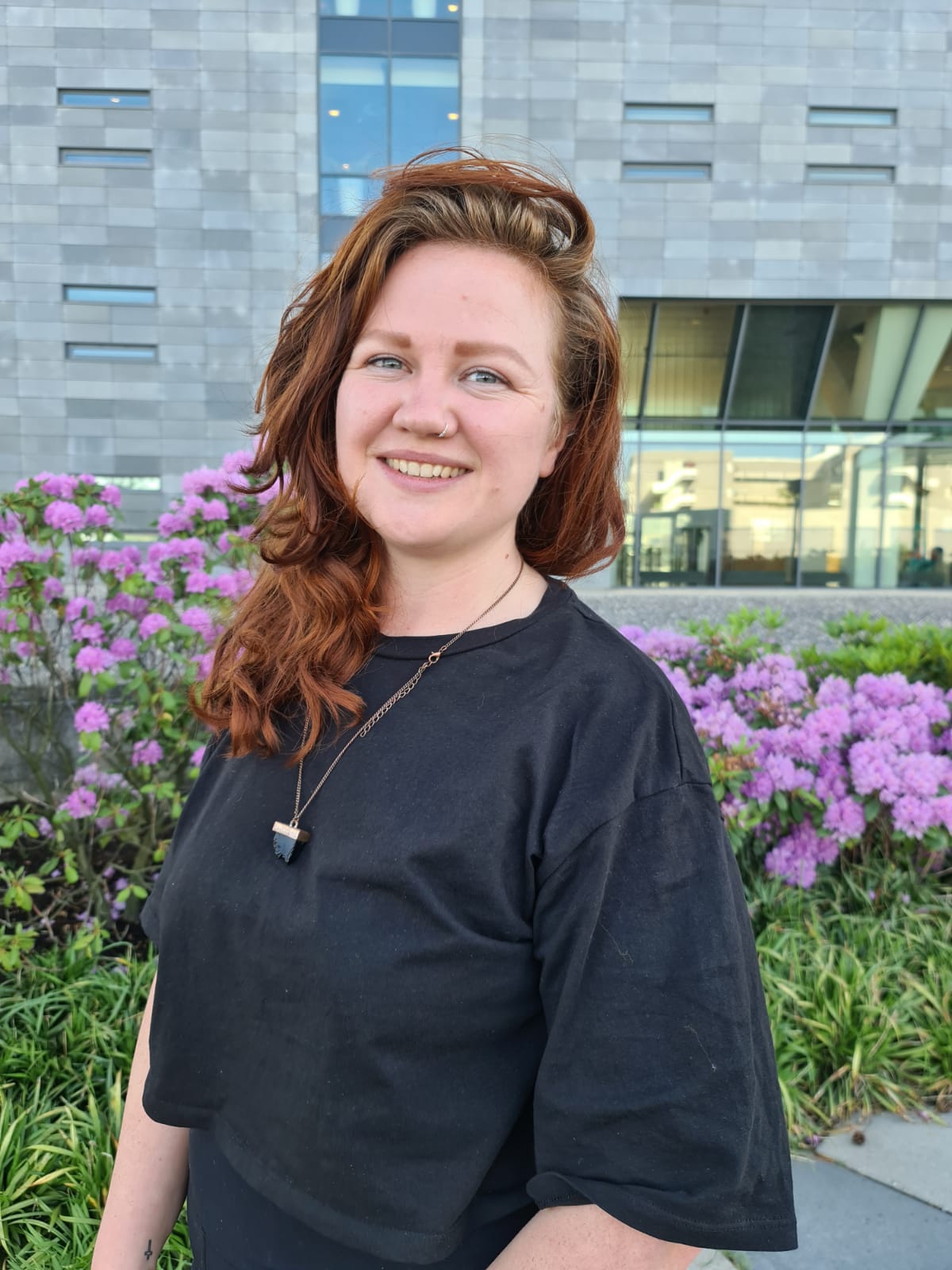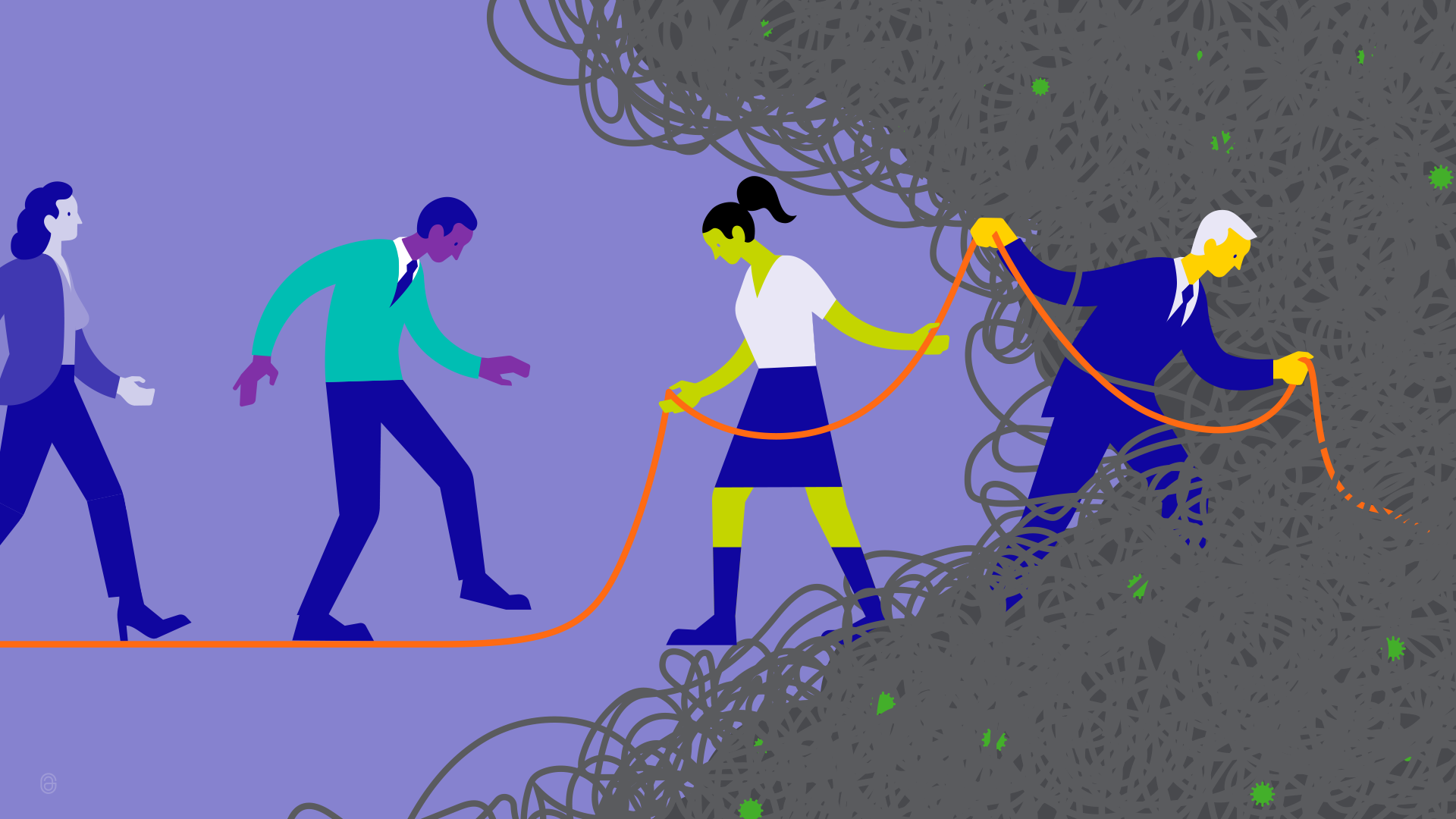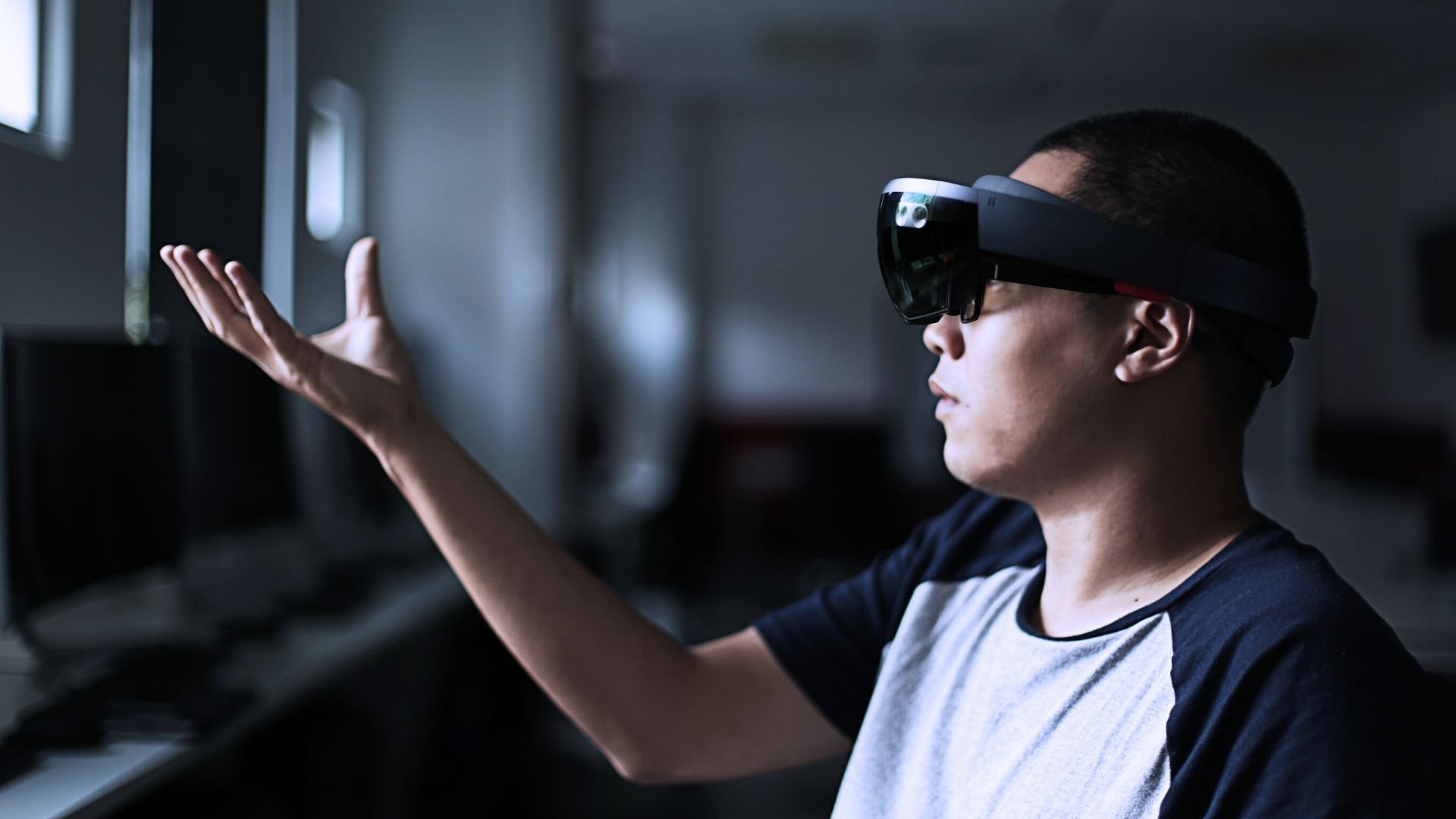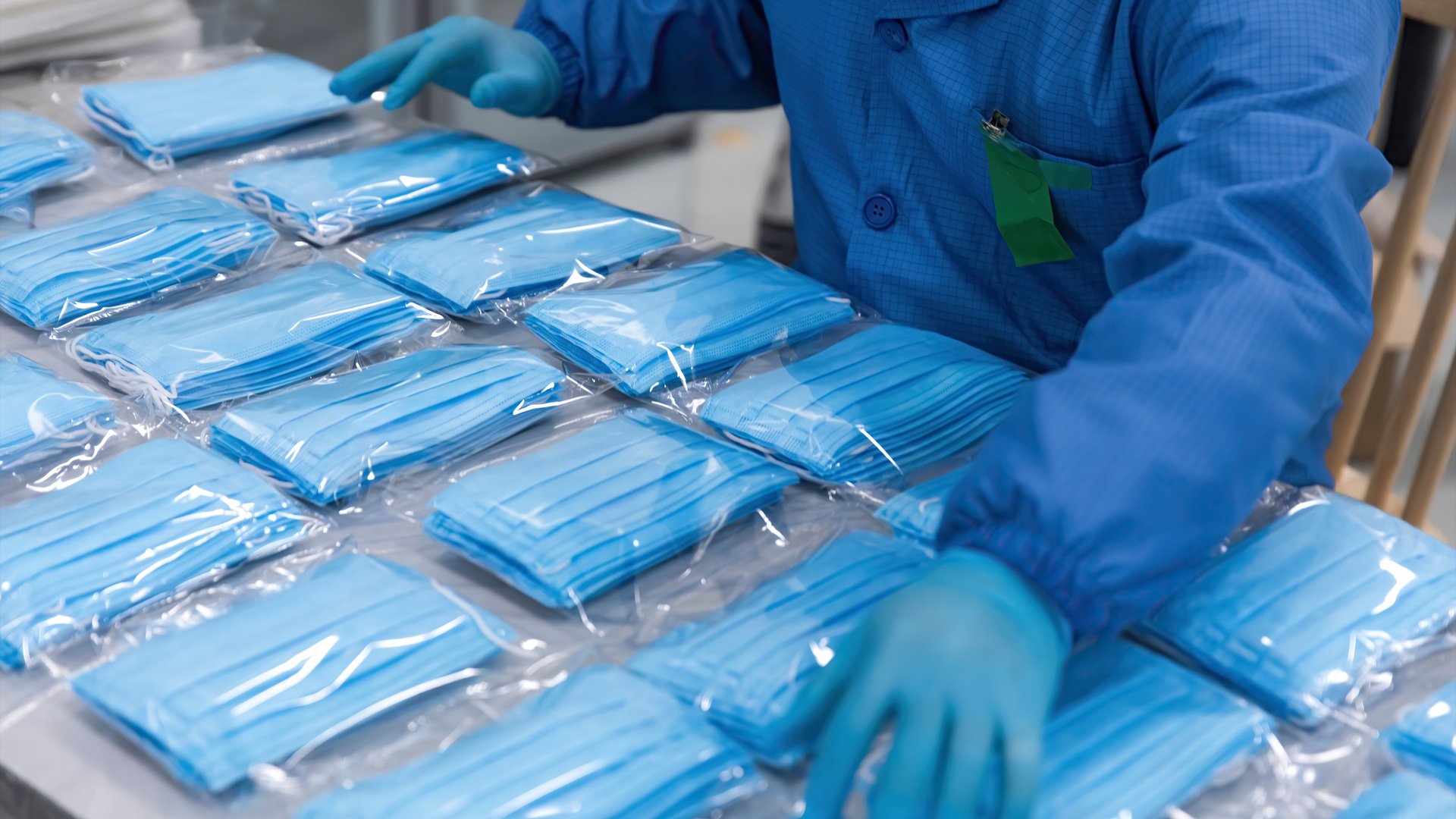5-minute read - by Jessica Timings, June 9, 2021
At ASML, we're committed to supporting our communities, and that includes our efforts against COVID-19. Beside our necessary focus on the health and safety of our employees, we reached out to help those around us. Keeping people safe, distributing the vaccine, staying connected – a global pandemic requires all hands on deck. And all around the world, from Taiwan to San Diego, thousands of ASML people have been helping their communities get through.
The numbers
- €2.8+ million total worth of goods, funds and staff hours donated globally
- 730,000+ personal protective items donated to medical personnel
- 900 laptops and tablets donated to school-aged children and older people in nursing homes
- 875+ hours dedicated to the response by ASML engineers
- >100% boost in vaccination capacity of select facilities
Veldhoven, the Netherlands, is home base for more than half of ASML's employees and has been the center of a host of wide-ranging activities. As part of the national effort to fight COVID-19, our people are applying skills and expertise unique to ASML to bring engineering solutions to medical challenges.
Engineering brainpower
In early March 2020, COVID-19 was rapidly spreading across the Netherlands. A team of experts in ASML formed the COVID-19 response team. "I saw that ASML was organizing something, so I raised my hand," explains Reinder Plug, a systems engineer at ASML who is part of this team. "Shortly after, KIVI (Royal Netherlands Society of Engineers) also sent out a message asking for help."
Through KIVI and alongside the Dutch government, Reinder and other colleagues offered expertise to organizations to increase their medical equipment manufacturing capabilities. One of the key areas of support was in increasing manufacturing capacity for face masks. Project lead Marian Reuhman, Reinder and other colleagues contributed to research around medical face masks production in the Netherlands.

During the initial phase, the ASML team realized that there was no existing mask entirely suitable for people with underlying conditions. "The challenge was to come up with a mask that met three requirements: fit, filter and flow. While fitting snugly on your face and filtering effectively, the mask should allow adequate breathing," says Reinder.
The result is the Dutch-manufactured Corona Transmission Reduction (CTR) face mask. While still in the final stages of approval for mass production, it is hoped that it will soon be available for use in the wider population.
Augmented reality, virtual patients
While the work on face masks continued into mid-2020, the impacts of the pandemic worsened. The hospital next to ASML, the Máxima MC (MMC) Veldhoven, faced increasing difficulties. Silvia Schouten, a group lead in ASML's mechatronics department, recognized this and wanted to help. "I have a history with MMC, having had my own healthcare experiences. I also have a friend who works there, so I knew it was a really heavy time for MMC's staff – I thought it might help to be able to do something together," says Silvia.
She was watching a presentation at ASML's annual technology conference by Dulce Pumareja, an ASML augmented reality competence specialist, when she spotted an innovation she thought could hold the key to some of the hospital's challenges. Dulce and the customer support engineers were using augmented reality to support customers and repair machines from a distance while international travel was not possible.
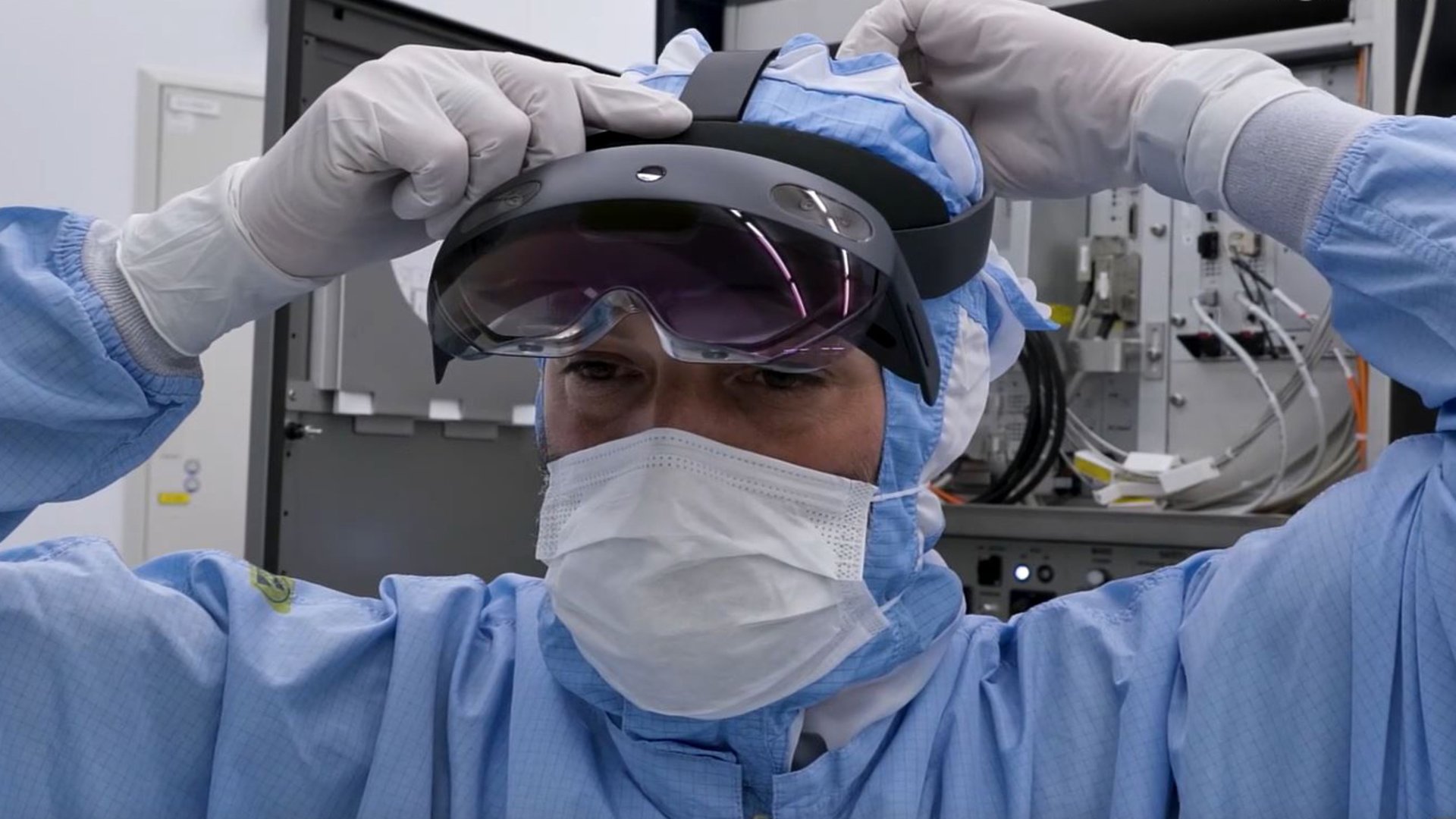
Dulce's presentation described that, by wearing a Microsoft HoloLens headset, our engineers were able to see through the eyes of customer representatives on the other side of the world and use dynamic information sharing and real-time feedback to find solutions.
"Being able to share our knowledge gives me a lot of energy. This for me is progress, being able to share and contribute in whatever way you can."
Silvia believed the HoloLens could be used to train MMC nurses for COVID-19 patient consultation scenarios, by projecting a 3D 'HoloPatient' over a hospital bed in a real ward. This would decrease the exposure of vital workers to COVID-19. It would also build the confidence of the healthcare workers by offering realistic but safe and fun training.
She connected with Reinder, who sourced the HoloPatient software, and Dulce who, was immediately enthusiastic, before reaching out to MMC with their offer of support. They invited the MMC team to ASML to pitch their idea, and the joint project was born. Two HoloLens devices were lent to MMC, and Dulce set about training up a team of nurses in using the technology (article in Dutch).
The hospital team has since purchased their own set of HoloLens and is now exploring other areas where this technology could be applied. This, Dulce says, is what it's all about: "We helped them in a time of need until they could help themselves. MMC picked it up, made it their own and took it a step further.
"Being able to share our knowledge gives me a lot of energy. This, for me is progress – being able to share and contribute in whatever way you can," adds Dulce.
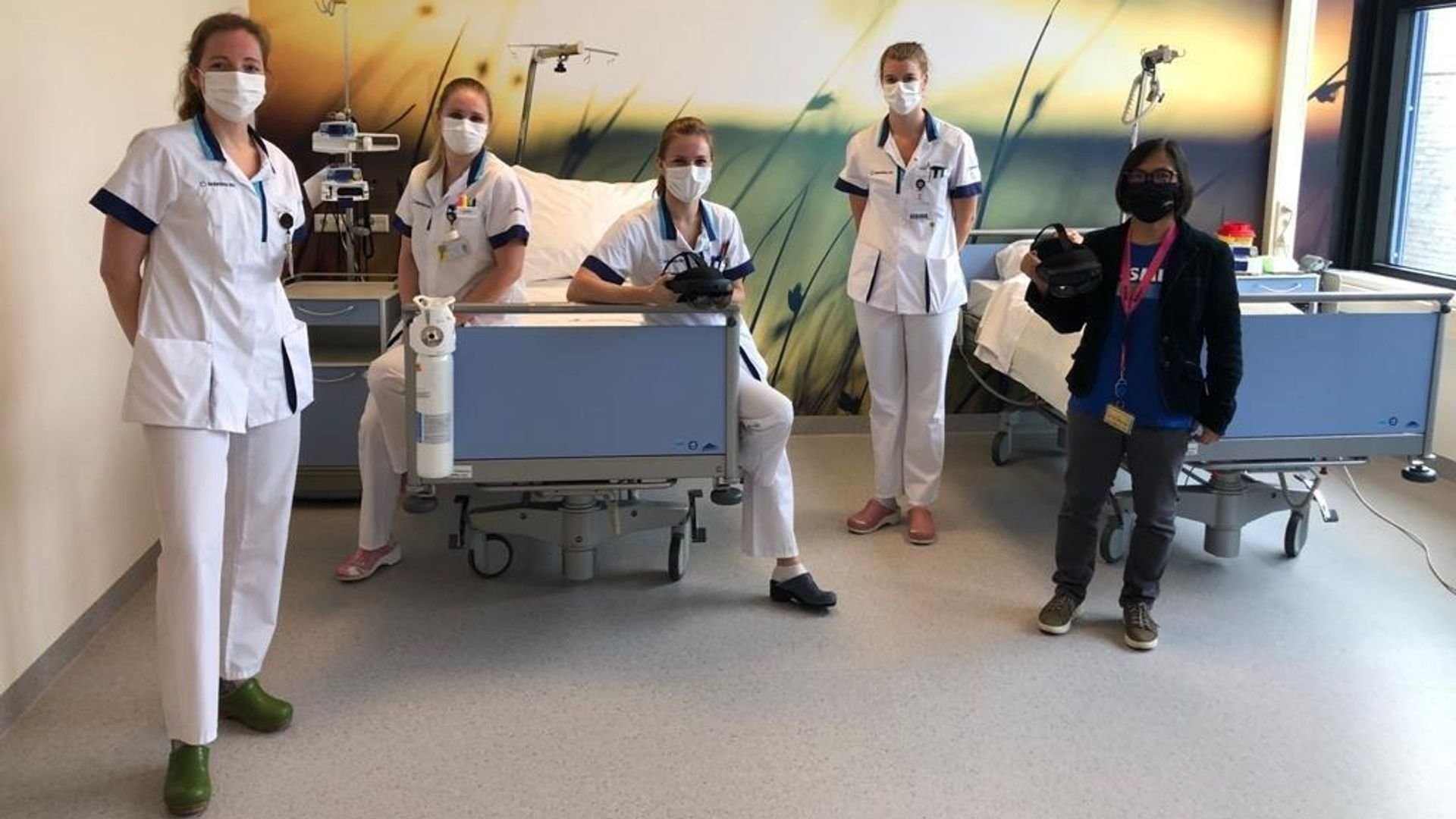
Vital vaccine logistics
While MMC put the HoloLens to good use, across the Netherlands and around the world vaccine distribution plans were being put into motion. Paul Enders, at the time a director in Supply Chain Management at ASML, was watching this progress closely. He noticed the vaccination program wasn't moving as quickly as expected, and this spurred him into action.
"I noticed a professor, Jan Fransoo, who seemed to feel similarly to me," explains Paul. "I contacted him to suggest that we work together, and from there the core team grew pretty quickly."
This core team included students, academics and professionals from a range of backgrounds. Together, they developed a proposal to put to the Dutch National Institute for Public Health and the Environment (RIVM) for improvements to vaccine logistics through scenario planning and inventory modeling.
"From my ASML experience, I thought, 'if you have a vaccination facility, just like any factory, it can always be more efficient.' It was about adapting and optimizing processes – something normal for us at ASML, but really different for medical professionals who rely on really fixed processes," says Paul.
Their proposal was received well by the local public health service (GGD), who accepted the team's offer to run a four-day project (article in Dutch) at one of their vaccination locations. This review discovered several opportunities to increase the number of people the center could vaccinate in a day that, when implemented, produced results surprising even Paul. "We discovered that the efficiency gain in the vaccination facility wasn't just 20% or 30% but over 100%."

When Paul presented their findings to the Dutch public health authority, they offered to perform a similar review at every GGD. The response was a resounding ‘yes’. This next step, which entailed 15 assessments at 15 different locations, would require even more people. Finding willing volunteers was easy – the challenge was to train them.
"As ASML, we have to be there for those around us. If they do not survive, we cannot survive."
“So I contacted a colleague from ASML who worked in training to help me set up a one-hour training session. With their help, over 20 people from companies across the region were trained to do these assessments.”
The team’s work continues as more and more vaccine facilities get up to speed with their support and recommendations. The team is now exploring efficiency in appointment scheduling to make it easy for people to register and receive their vaccination.
Caring the ASML way
For Dulce, Paul, Silvia, Reinder and all the ASML people who’ve helped their communities get through the pandemic, it’s been a no-brainer to offer support. They recognize that being part of a community means looking out for those beyond ASML.
“As ASML, we have to be there for those around us. If they do not survive, we cannot survive,” says Silvia.
“It’s about being part of something bigger,” adds Dulce.
Paul believes the flexibility that comes with working for ASML has been crucial in enabling this work. “The freedom that people at ASML get with regard to how to do their job is immense, especially when it contributes to our values.” Although COVID-19 is a health crisis, the cooperation between ASML and RIVM proves the expertise we have at ASML is useful far beyond the semiconductor industry.
"As an engineer,” says Reinder, “you think through problems and discover solutions. ASML is full of bright minds – give them a challenge and they will come up with out-of-the-box solutions.”
